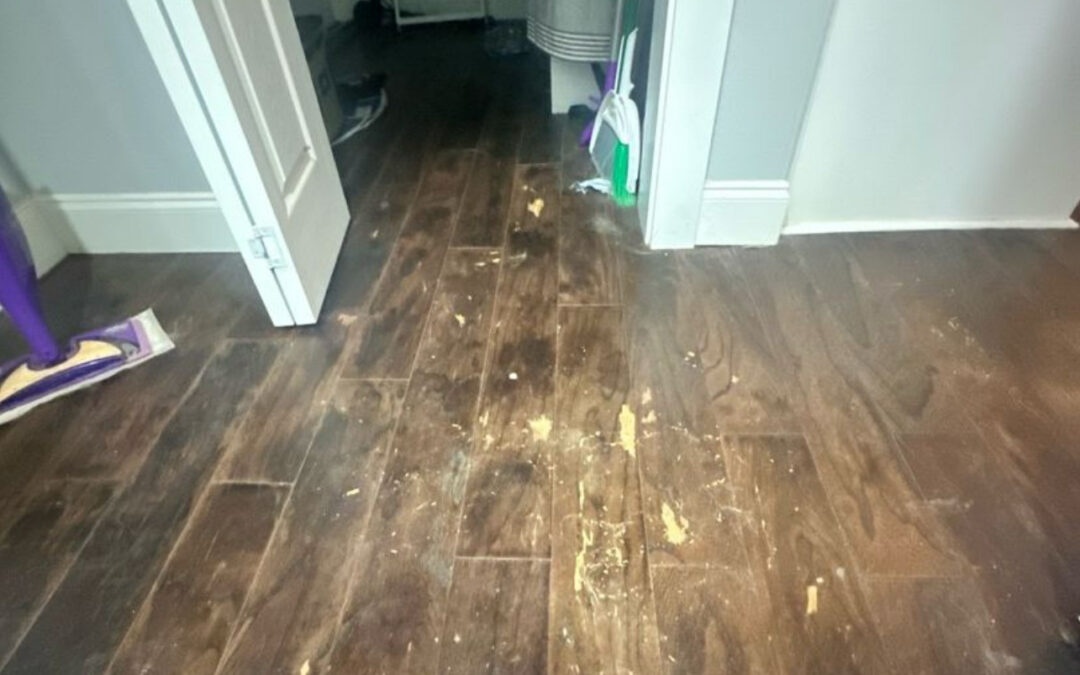Water damage can affect buildings quickly, whether it’s from a burst pipe, storm, or roof leak. If not treated on time, it can lead to structural problems and even mold growth. Acting fast can make the recovery process easier and reduce repair costs.
Here are the main steps in water damage restoration. It will help property owners understand what happens after water damage and what actions professionals take to fix it.
Identifying the Source of Water
The first step in water restoration is finding where the water is coming from. It may be a plumbing issue, roof damage, or flooding. Before anything else can happen, this source needs to be stopped. Without stopping it, any other step would be temporary and less effective.
Assessing the Damage
After the water source is controlled, the area must be checked carefully. Professionals measure how far the water has spread, what materials are affected, and how severe the damage is. They use tools like moisture meters and thermal cameras to find water hidden inside walls or under floors. This step helps them decide the right method for drying and repairs.
Removing Standing Water
Once the damage is inspected, standing water must be removed right away. Pumps, vacuums, or other machines are used to get the water out. The longer water sits, the more it soaks into materials like wood, drywall, and carpets. Quick removal helps prevent mold and more serious problems later.
Drying and Dehumidifying
After visible water is gone, the area still holds moisture in the air and materials. Drying equipment, such as air movers and dehumidifiers is used to bring the moisture levels back to normal. This can take several days, depending on how much water is involved and the materials that were soaked. Drying completely is important to stop mold and keep the space safe.
Cleaning and Sanitizing
Water damage often leaves behind dirt, bacteria, and other harmful matter. Carpets, walls, and personal items need to be cleaned thoroughly. Items that can’t be saved are taken away. Special cleaners and equipment are used to make the area clean and safe again. This step also helps remove any lingering odors caused by water or bacteria.
Repairing and Restoring the Property
Once the area is dry and clean, the focus moves to repair. This may include replacing drywall, fixing flooring, painting walls, or even rebuilding parts of a room. The goal is to bring the property back to its original condition or better. Depending on the damage, some repairs may take more time and planning.
Final Inspection and Monitoring
Before the job is complete, a final check is done, which confirms that all areas are dry, clean, and safe. Some companies also return after a few days to recheck moisture levels. Regular monitoring gives peace of mind and helps spot any problems early.
Final Thoughts
Water damage can be serious, but the right steps can help reduce long-term effects. From stopping the source to final repairs, each step plays a role in making the property safe and stable again. Property owners should contact trained professionals to handle water damage correctly and avoid future risks.
Water damage can spread fast—acting quickly makes all the difference. At Hands & Hammers Restoration Services, we respond with urgency and skill to protect your home or business. Our team handles every step with care, from water removal to full restoration. Contact us today to get started and prevent further damage.


